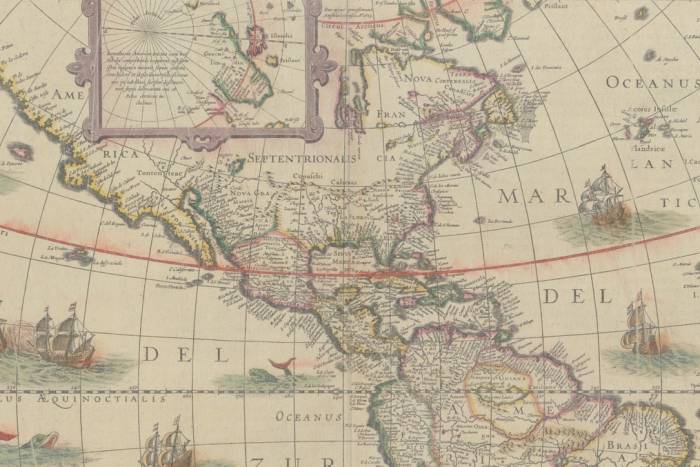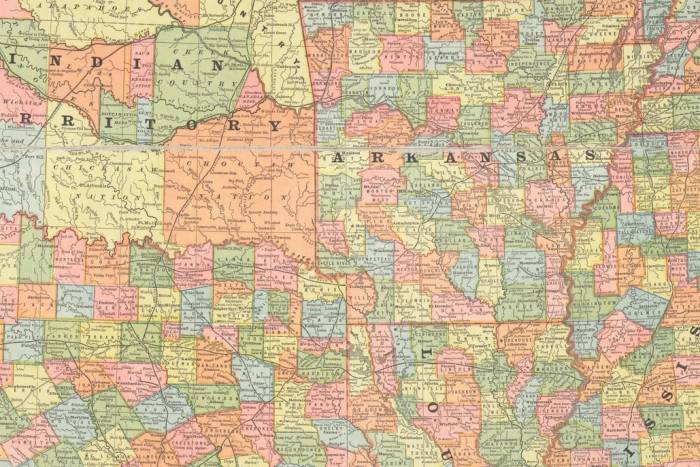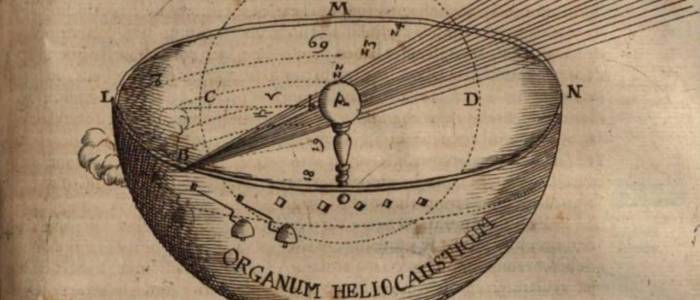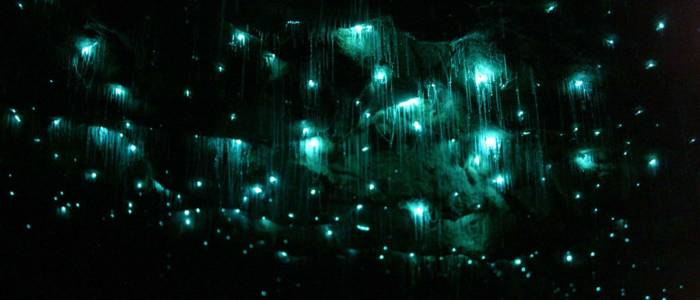A Brief Approach To W.B. Yeats' Lunar System
In addition to his poetic oeuvre, Yeats developed an intricate symbolic and geometric system based on the cycles of the moon in order to explain the history and the human personality.
Irish poet William Yeats was one of the most representative figures of 20th century literature. His work is a fortunate gathering of nationalist, historical and mythological elements which, as Auden once said, constitute some of the ‘most beautiful of modern times.’
But Yeats also had a special interest in occultism and spiritualism. In 1890 he joined Golden Dawn, a secret society that practiced ritual magic. The society offered its members the instruction and initiation into this art in ten different levels; the last three levels were reserved exclusively for the magi (who were believed to be possessors of a supernatural wisdom and the length of their lives were supposed to be magically extended). Yeats was fascinated by the possibility of becoming a magus and he was convinced that his mind was capable of perceiving what lay beyond the limits of materialist rationalism.
Together with his wife, Georgiana Hyde-Lees —who also joined the society— he created an esoteric masterpiece named A Vision (1925; substantially revised in 1937). This volume gathers the written texts that resulted after exhaustively experimenting with the ‘automatic writing’ phenomenon, where the hand and the pen were used as unconscious instruments that the realm of the spirits would use to convey information. Yeats and Georgina produced almost four-thousand pages which he thoroughly studied and organized. This exercise resulted in an intricate symbolic system which also has geometrical, astrological, psychological, metaphysical and historical components; a model of the entire universe.
This article will not provide the reader with an absolute definition of the system, but simply, outline a modest map with some of the symbols the poet developed in his extensive treaty and it will also provide a microscopic panorama of the beauty and the mysticism that can be found encompassed in A Vision. Through the scarce knowledge of this cyclical system, perhaps some of the symbolic references can be discerned lying underneath its tardy poetry.
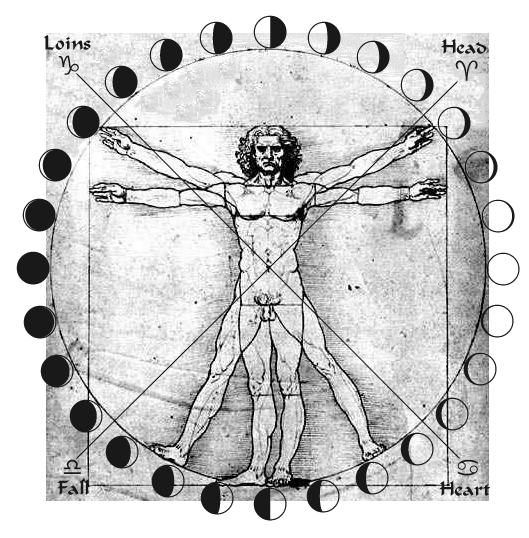
Yeats sustained that certain patterns, which he called gyres, existed: covered cones that represent the combinations of opposites within a personal and historical nature. One of these cones is represented by Concordia, unity; the other by Discordia, desire. Within this symbolism, the cone of Discordia (which he also refers to as the ‘antithetical tincture’) is our imaginative side, which is incessant, it separates one man from the next (which can also be understood on subjective terms, those of beauty). In turn, the cone of Concordia (also known as the ‘primal tincture’) is our detached, intellectual side, that which leads us back to the crowd we belong to (which can be understood on terms of objectivity or truth). To truly grasp the nature of the universe we need sobriety and detachment. ‘The antithetical tincture’, Yeats points out in A Vision, ‘is emotional and aesthetic, while the primary tincture is reasonable and moral.’ It is hard to separate these two since one is defined in relation to the other, however, because the antithetical one is the basis of life and humanity (opposing life after life and spiritual knowledge), Yeats, almost invariably, deals with the antithetic as the typical center of his endeavors, and the primal, despite its name, is forced to play a secondary role.
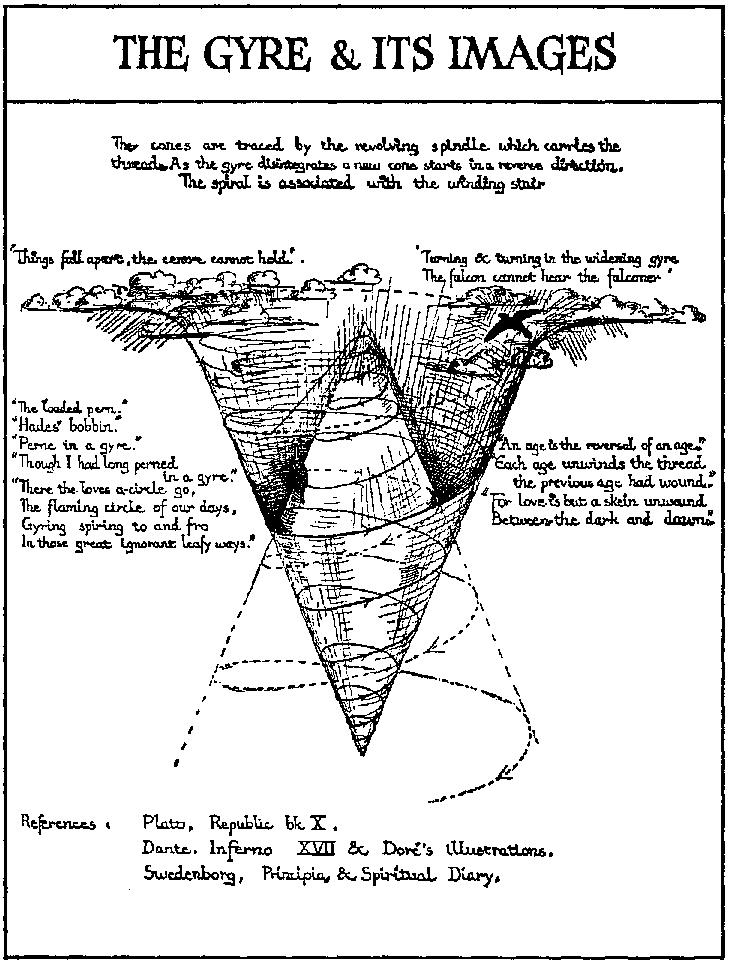
This brilliant Irishman asserts that gyres came into being after the divine pregnancy of a mortal woman: first, the rape of Leda (the mother of Helen of Troy) by Zeus, later on, the immaculate conception of Mary (mother of Jesus). Yeats found a pattern that suggested that emblematic moments took place in the middle (during the half-thousand years) of every two-thousand year era. He thought these were moments of equilibrium, points in time when civilization reached moments of excellence as proof he quoted the splendor of Athens in 500 B.C, Byzantium in 500 A.D, and the Italian Renaissance in 1500 A.D.
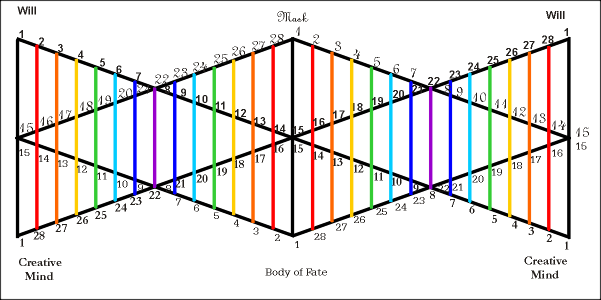
He then created liaisons between these historical cycles and the 28-day lunar cycle, and asserted that physical existence continuously grows until it reaches its highest peak during the full moon (stage 15), which he described as the perfect beauty. In what remains of the cycle, the physical existence gradually decreases until it completely disappears into the new moon, which he described as the perfect truth, which is also the point where the cycle begins once again. He then added to this scheme by assigning particular stages to specific personality types; in this way, even if a person can experience stages 2 through 14 and 16 through to 28 during the course of their lives, a single stage can generally characterize the individual’s entire life. Most of these symbolic patterns (gyres, lunar stages) are an important part of the poems and the texts he wrote in the second half of his life.
Related Articles
When ancient rituals became religion
The emergence of religions irreversibly changed the history of humanity. It’s therefore essential to ask when and how did ancient peoples’ rituals become organized systems of thought, each with their
Seven ancient maps of the Americas
A map is not the territory. —Alfred Korzybski Maps are never merely maps. They’re human projections, metaphors in which we find both the geographical and the imaginary. The cases of ghost islands
An artist crochets a perfect skeleton and internal organs
Shanell Papp is a skilled textile and crochet artist. She spent four long months crocheting a life-size skeleton in wool. She then filled it in with the organs of the human body in an act as patient
A musical tribute to maps
A sequence of sounds, rhythms, melodies and silences: music is a most primitive art, the most essential, and the most powerful of all languages. Its capacity is not limited to the (hardly trivial)
The enchantment of 17th-century optics
The sense of sight is perhaps one the imagination’s most prolific masters. That is why humankind has been fascinated and bewitched by optics and their possibilities for centuries. Like the heart, the
Would you found your own micro-nation? These eccentric examples show how easy it can be
Founding a country is, in some ways, a simple task. It is enough to manifest its existence and the motives for creating a new political entity. At least that is what has been demonstrated by the
Wondrous crossings: the galaxy caves of New Zealand
Often, the most extraordinary phenomena are “jealous of themselves” ––and they happen where the human eye cannot enjoy them. However, they can be discovered, and when we do find them we experience a
Think you have strange reading habits? Wait until you've seen how Mcluhan reads
We often forget or neglect to think about the infinite circumstances that are condensed in the acts that we consider habitual. Using a fork to eat, for example, or walking down the street and being
The sky is calling us, a love letter to the cosmos (video)
We once dreamt of open sails and Open seas We once dreamt of new frontiers and New lands Are we still a brave people? We must not forget that the very stars we see nowadays are the same stars and
The sister you always wanted (but made into a crystal chandelier)
Lucas Maassen always wanted to have a sister. And after 36 years he finally procured one, except, as strange as it may sound, in the shape of a chandelier. Maassen, a Dutch designer, asked the


